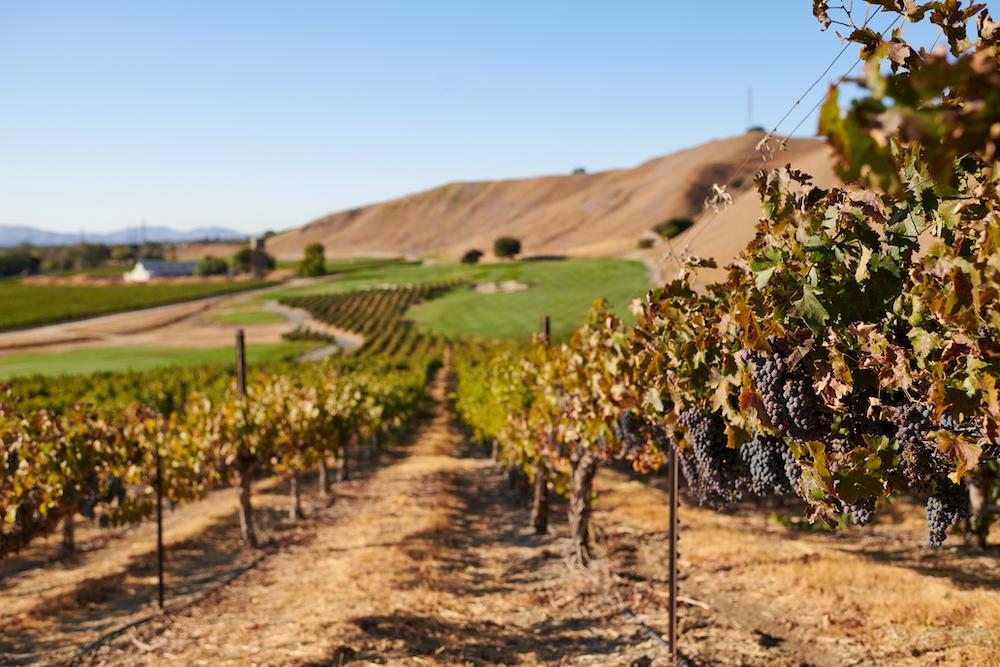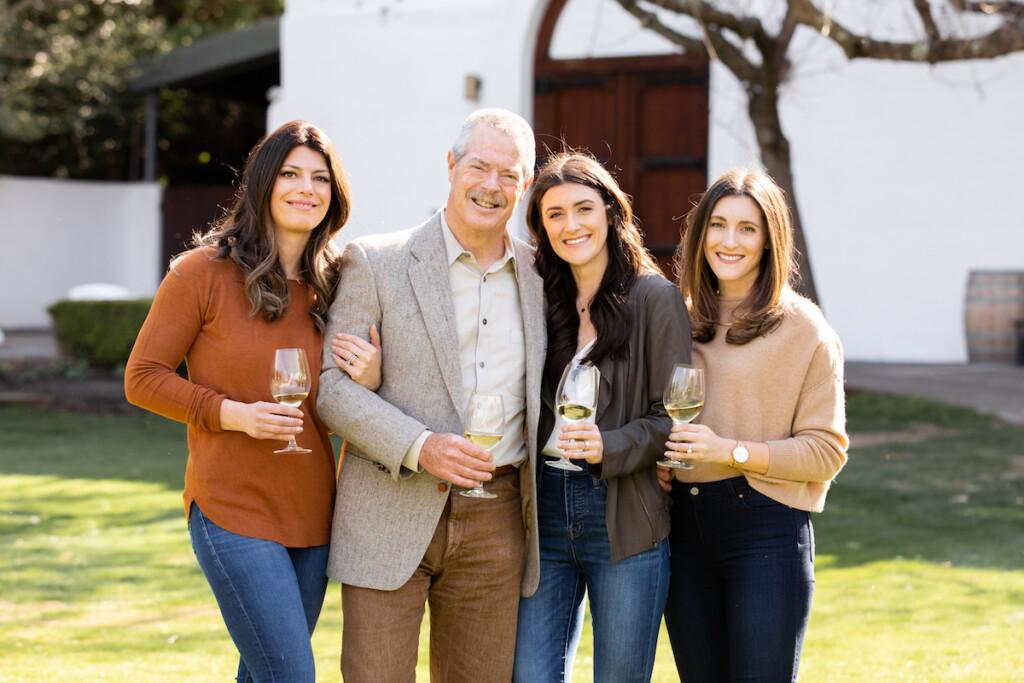
The warmth of a grandmotherly California woman and the allure of the Wente family’s wines tasted during one afternoon were all it took to turn me toward a life of chasing after great wines.
Since that day at historic Wente Vineyards — now roughly 50 years ago — when my brother Greg and I tasted through the wines under her tutelage, I’ve been in love with good wine.
Wente was our destination because the Livermore Valley winery was just a short drive from my brother’s house in Dublin.
We didn’t know Wente Vineyards had been founded by Carl H. Wente, a German immigrant, in 1883, nor that Wente had learned to make wine from Charles Krug and had sent his son Ernest to University of California-Davis. Nor that Ernest was responsible for the famous Wente clone of Chardonnay that makes up an estimated 75% of the Chardonnay grown in California and a fair share of Northwest Chardonnay.
After all, it was the mid-1970s, well before wine tourism drew crowds to California, an era when much of California’s wine still was sold in screw-cap gallon jugs of three kinds — red, white and rosé. And at the time, I hadn’t even encountered any wines from the Northwest’s fledgling wineries. I was still living in Montana, my native state.
My brother expected it would be a laid-back weekday afternoon, so we were a bit surprised that Wente was rather busy.
Unfazed, the man who greeted us asked if we would mind waiting a few moments while he arranged for someone to manage a vacant tasting station. We had hardly sat down when an elderly woman bustled into the room, climbed onto a stool and asked us, “Now, what kinds of wine do you boys like?”
My brother, by then several years transplanted to California, mentioned he liked big red wines. As more of a neophyte, I asked to start with something white.
She just smiled, said, “Well, let’s start with whites and go from there.”
We began with a white blend that was slightly sweet as I recall. Next were an oaked Chardonnay — no doubt Wente clone — then a slightly sweet Riesling and perhaps another white or two.
Then, we dived into an array of reds, including Merlot, Cabernet Sauvignon and I believe Syrah, winding up with a memorable Petite Sirah. I still remember it had hefty tannins and a peppery taste at the end.
I had no idea there were so many red varieties — and Wente offered at least six. Their appeal across the board amazed me. With each wine, we got a thorough explanation of what we were tasting and learned a little of each wine’s aromas and flavors.
For the first time, I began to understand why wines were more than a tasty liquid carrying alcohol that could deliver a pleasant buzz. The wine created both an enjoyment on its own, and, I subsequently learned, when paired which with food, could improve the flavors of both.
At the tasting’s end, we were sold, literally and figuratively. My brother, with a high-paying San Francisco job at the Southern Pacific Railway, bought three cases. I stretched my budget to purchase two, filling the capacious trunk of Greg’s Chrysler.
Family approach at Wente reaches 5 generations

As we paid our bills, the woman who had spent such a rewarding two hours with us disappeared into a back room, as the brief rush appeared over.
“Who was the delightful woman who conducted our tasting?” I asked.
“That? That was Grandma Wente,” replied the cashier. “She’s something, isn’t she?”
My brother and I often have marveled about our great luck that afternoon. And we’re both still drinking wine, at least some of it likely Wente clone Chardonnay.
As a postscript, I reached out to the folks at Wente to find out a bit more about who might have guided us through the tasting that day.
In a gracious email back, Phil Wente, a fourth-generation winegrower, suggested it likely was one of two people: His mother, Jean, who would have been about 48 then; or more likely Adele Kruger, who worked at Wente for 40+ years, starting in 1933. He said she may have been given the honorific “Grandma” by the tasting room staff. He noted his grandmother and great aunt had both passed away by the day of my visit.
“Adele served in many positions … through her career from cellar work, supervising bottling to hospitality and was a very warm and engaging woman with a treasure of knowledge on Wente wines over the post-Prohibition era.
“My mother, who is 97 now and the last surviving member of the third generation, was a dynamic part of the winery, joining the family in 1949 when the winery was very small, helping to mentor and guide the fourth and fifth generations to where they are today.”
So it must have been Adele. And she was something.
Wine words: Charmat
Once again, we’re off to France, where adventures in mispronunciation begin.
Charmat, luckily, sounds just like it looks. More properly, it’s the Charmat method, invented in 1907 by Eugène Charmat, who was seeking a less expensive way to make sparkling wine than the labor-intensive methode Champenoise, which requires special techniques, extra labor and no small amount of extra time for riddling, disgorging, etc.
Charmat’s approach allows for the secondary fermentation to occur in a tank, rather than a bottle. That tank fermentation builds ample carbonation to produce a pleasing mousse. His innovation cuts costs by saving months of labor and expense.
It may not produce the level of yeasty, toasty aromas of Champenoise, and its bubbles can be shorter lived. I recently tried a lively Charmat-method Albariño from Victor Palencia of Palencia Wine Co. in Tri-Cities that held its mousse with most Champenoise bubblies. Its $28 price reflected the cost savings and it sold out within a month.

The Charmat Process does not involve injecting CO2 gas into still wine in a pressurized tank.
Instead, a still wine with an alcohol content of less than 11% is pumped into a stainless steel tank capable of withstanding 100 psi ……..sugar is added to the wine creating a residual sugar concentration of approximately 2.4% residual sugar content ….. a champagne yeast culture (saccharomyces bayanus) is also added the wine …… the stainless steel tank is then sealed ……. secondary fermentation will begin with the yeast consuming the sugar and producing carbon dioxide gas and ethyl alcohol. Because the tank is sealed and can withstand pressure, the Carbon Dioxide dissolves into the wine which creates the bubbles. Final secondary fermentation can take between sixteen weeks to sixty weeks. Charmat Sparkling wine can exhibit yeast aromas and toastiness flavors subject to the amount to time the sparkling wine is left in contact with the yeast lees (aka: yeast autolysis)
Great story Ken. Thank you for sharing.
Thanks for the kind words about the column. It’s a story I’ve long cherished, often with a bottle of the Wente family’s wine shared with my brother, who also still buys their wines decades after our shared afternoon.